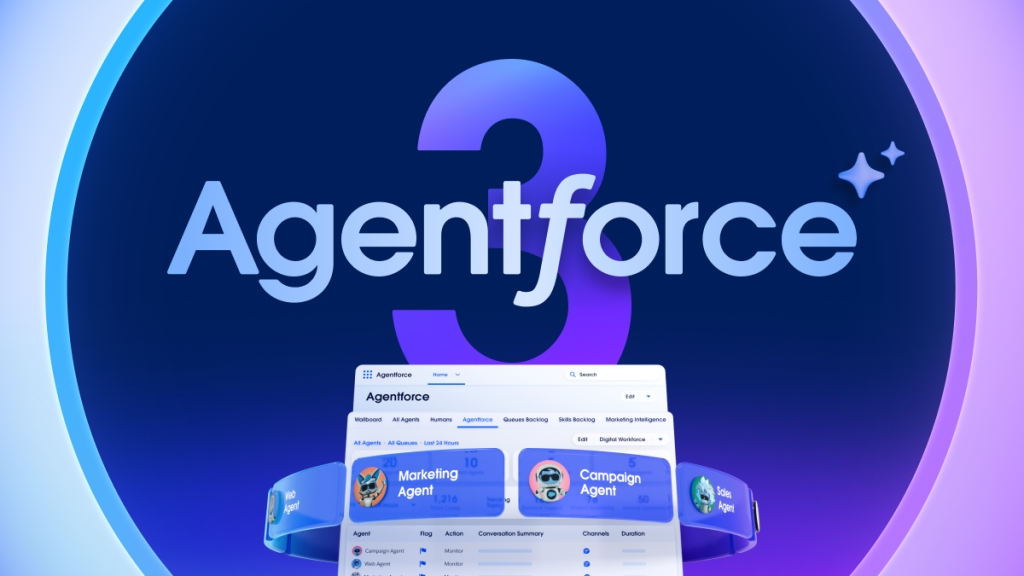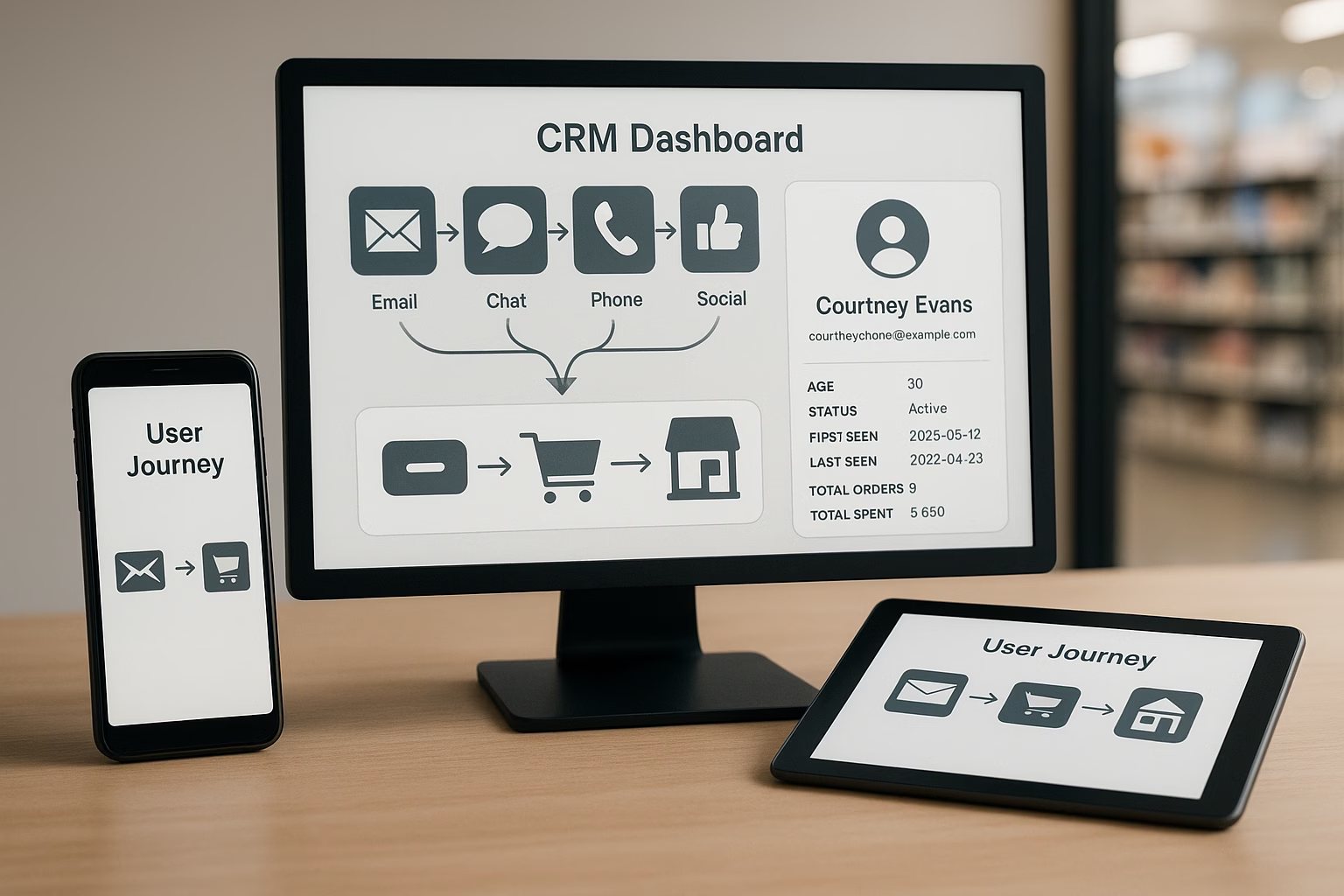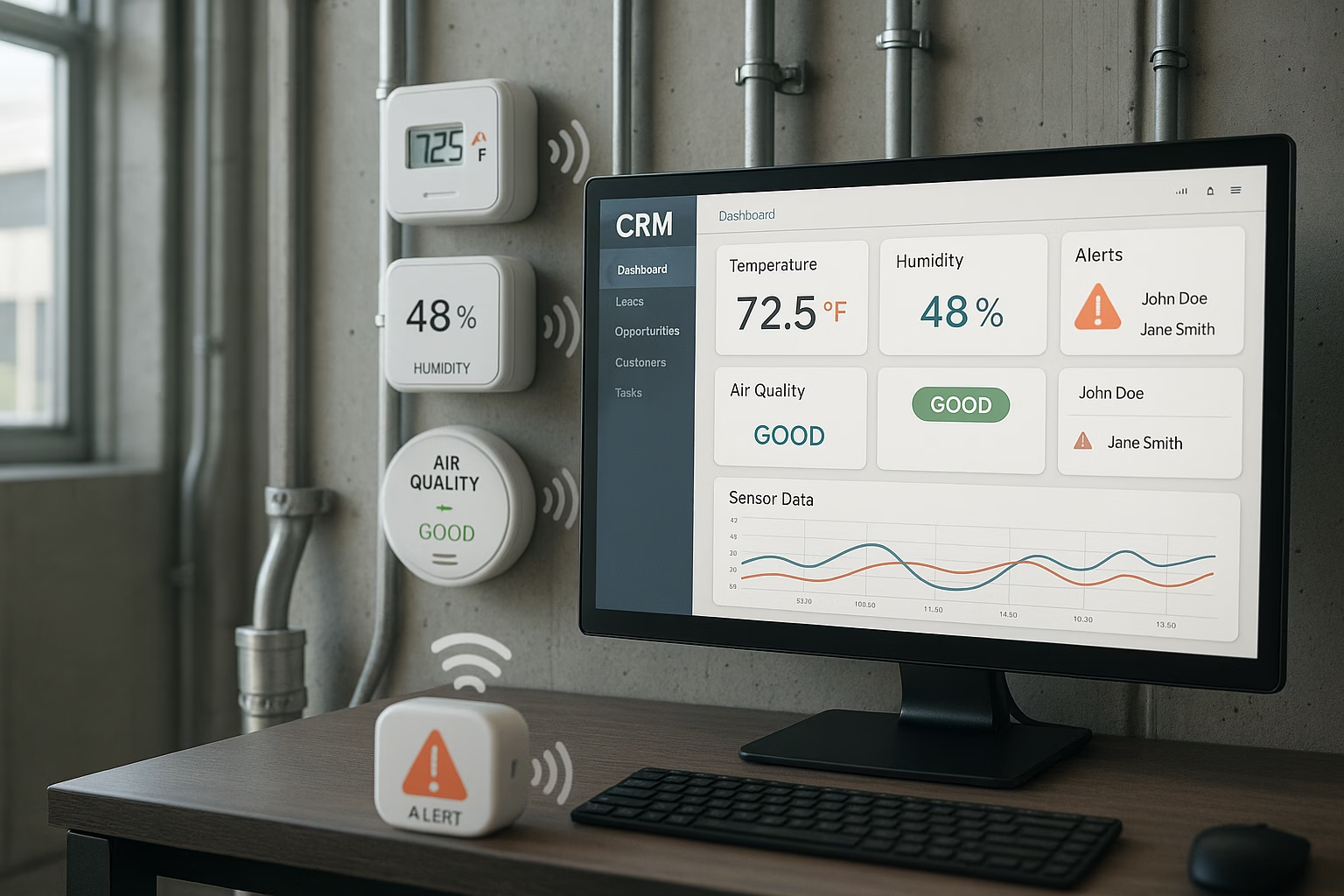🙋♀️ Who wants to be a lead? Well, nobody really, I guess. We certainly don’t wake up thinking, I can’t wait to fill out a form today! And yet, much of B2B marketing still treats lead generation as a numbers game. More forms, more gated content, more contacts shoved into the pipeline. The problem? Not all leads are equal. Chasing volume instead of quality creates a bloated funnel that drains resources without delivering results. If you have ever celebrated a high number of form fills only to realise most of those leads never go anywhere, you are not alone.
More leads, more problems
It is easy to see why big lead numbers are tempting. High conversion rates from ads, more downloads, and growing email lists all look impressive. But if most of those leads never engage again or never become sales-ready, what has really been achieved? A study by Forrester found that fewer than 1% of marketing-generated leads become customers. Yikes! That means most companies are wasting time and money chasing the wrong prospects instead of focusing on those who actually have buying intent. If your sales team spends more time filtering out unqualified leads than having meaningful conversations, something needs to change. Switching from lead generation to true demand generation requires a different approach. It is not just about getting people into the pipeline. It is about attracting the right people, keeping them engaged, and making sure they are ready to buy when the time comes.
Rethinking B2B marketing best practices
There are some long-standing B2B marketing habits that need to be challenged.
- Not every piece of content needs a form. Gating everything frustrates potential buyers and slows down their journey. Some of the best demand generation strategies involve freely sharing high-value content that builds trust before asking for anything in return.
- Forms should not feel like an interrogation. If you are asking for company revenue, industry, and ten other data points before sharing a simple case study, it is no wonder your form completion rates are low. Reducing friction leads to better engagement.
- Marketing and sales need to be aligned. If your sales team is constantly complaining about unqualified leads, the issue is not just with sales. Marketing must ensure lead generation efforts attract the right people. A well-defined lead qualification process, developed together with sales, makes a real difference.
Rethinking demand generation: Attract, Engage, Convert
So what does true demand generation look like? Instead of just capturing contact details and hoping they turn into buyers, it focuses on providing real value upfront, without unnecessary friction.
Interactive experiences over static content
Instead of forcing prospects to fill out a form for a generic whitepaper, give them an interactive tool they actually want to use. Think self-guided demos that let them explore your product without needing a call, ROI calculators that help them justify investment, or industry benchmarks that show where they stand compared to competitors. The more useful and engaging the experience, the less you need to force lead capture.
Content that creates inbound interest, not just transactions
The best demand generation strategies do not rely on heavy gating. When content is valuable enough, people will reach out without needing a form in the way. Thought leadership pieces, deep industry insights, and case studies that actually tell a compelling story drive curiosity and lead to organic engagement. If someone truly sees value, they will want to take the next step—no friction required.
Lead qualification that prioritises readiness, not just activity
A downloaded eBook does not make someone sales-ready. Instead of passing every form fill to sales, smarter demand generation strategies use intent signals. Who is returning to your site multiple times? Who is engaging with high-value content, not just skimming a blog post? Who is interacting with a self-service demo? By prioritising these real buying signals, marketing and sales teams spend less time chasing low-intent leads and more time closing deals.
Build trust, not just a contact list
Your buyers do not want to be just another name in your CRM. They engage with brands that offer insights, provide value, and build relationships before trying to sell. The best demand generation strategies focus on education and trust rather than just filling a database with names.
At Sirocco, we help businesses take a smarter approach to demand generation. That means focusing on processes, people, and technology to attract the right buyers, without chasing vanity metrics. Whether it is refining your lead qualification, optimising your content strategy, or aligning marketing and sales, we make sure your efforts drive real business results.
So, who wants to be a lead? Not your buyers. They want solutions, insights, and meaningful interactions. If your strategy focuses on that, the pipeline will take care of itself. Let’s make it happen.
The Sirocco Group blog post argues that focusing on lead generation quantity in B2B marketing is ineffective. Instead, it advocates for demand generation, prioritizing attracting the right prospects through high-value, engaging content and interactive experiences. This approach emphasizes building trust and relationships over simply collecting contact information, improving lead quality and ultimately driving better business results. The piece suggests improvements like reducing form friction, aligning marketing and sales teams, and using intent signals to identify truly sales-ready leads. Ultimately, the goal is to shift from a transactional to a relationship-focused approach.










